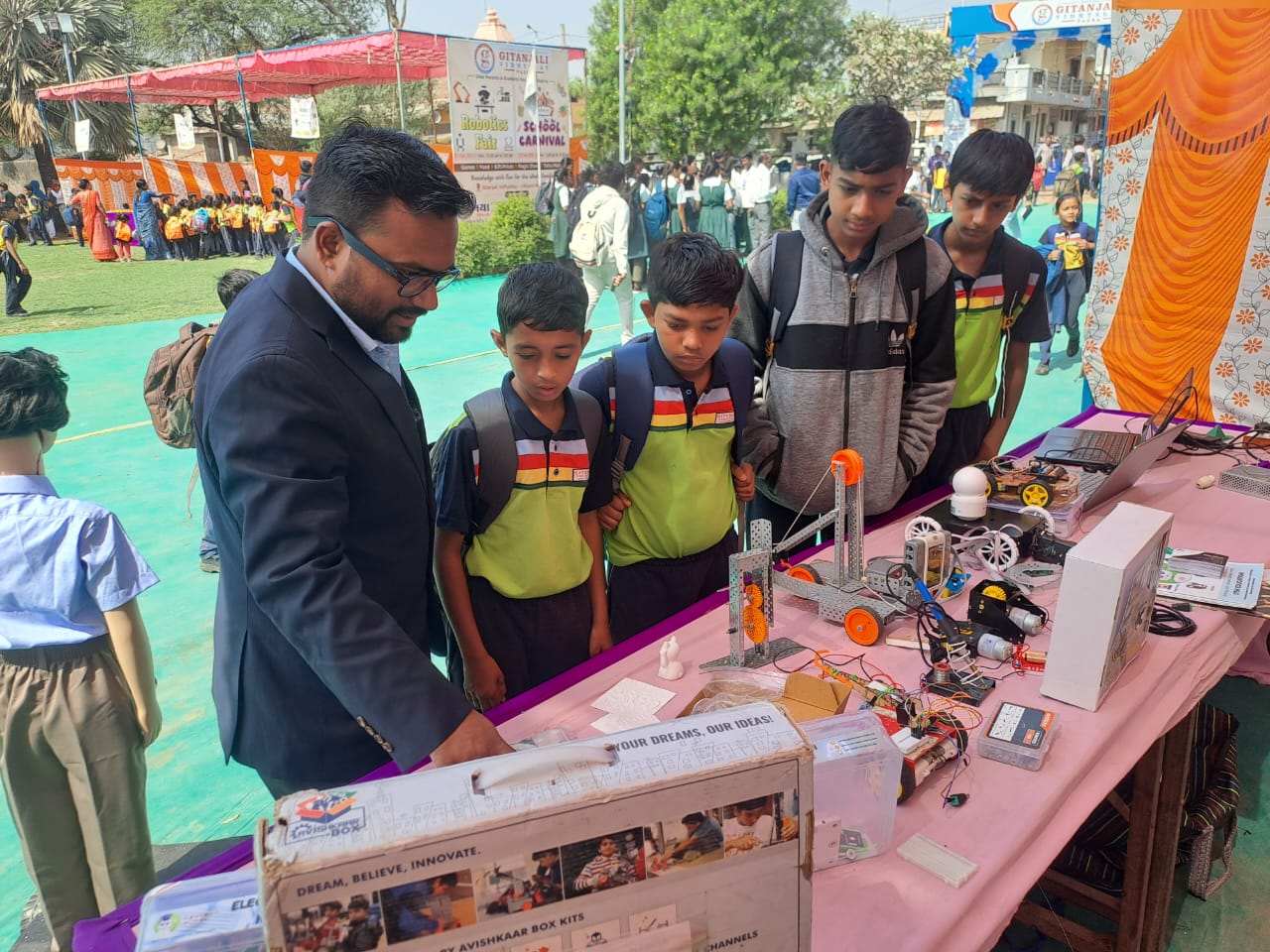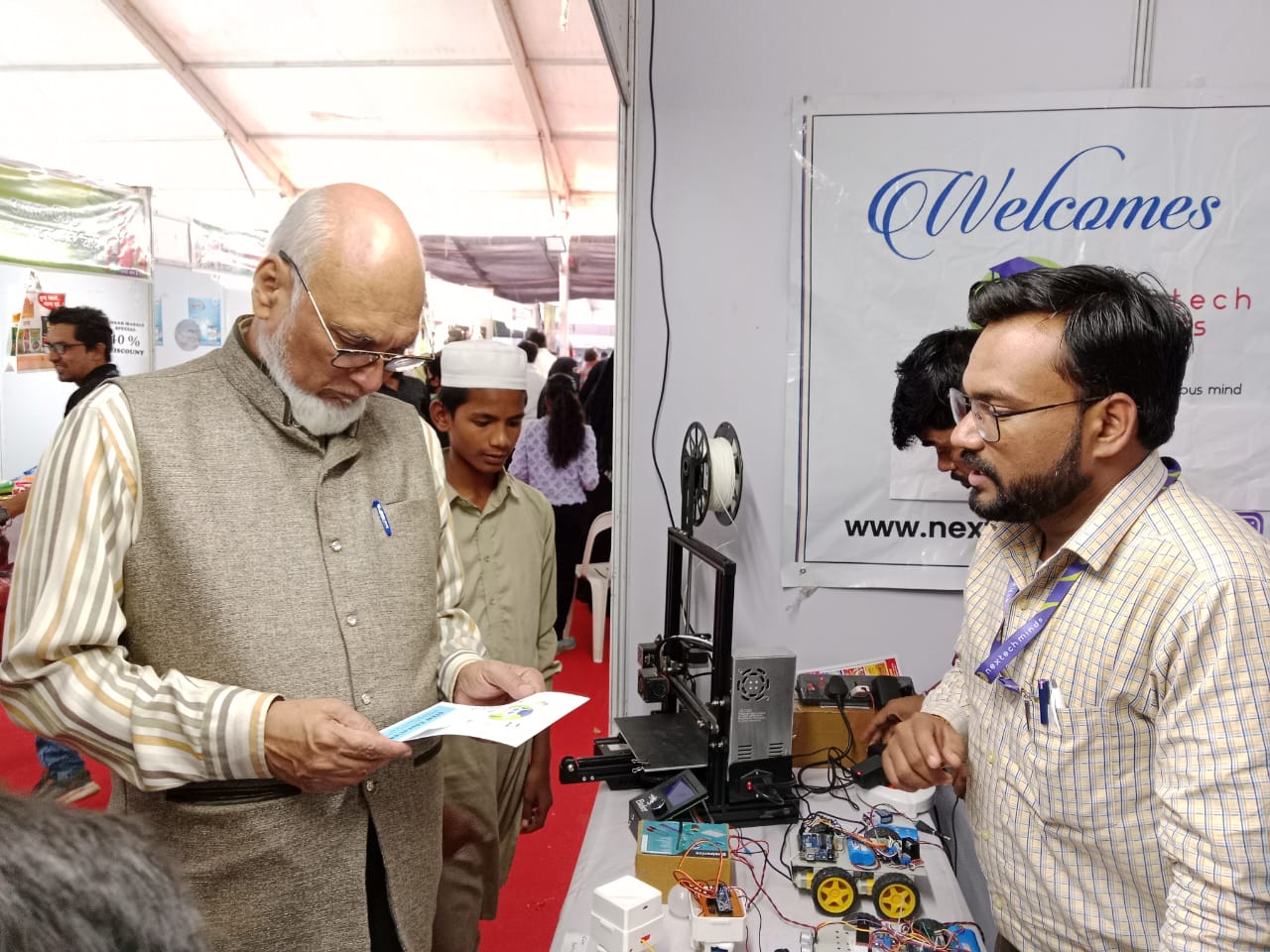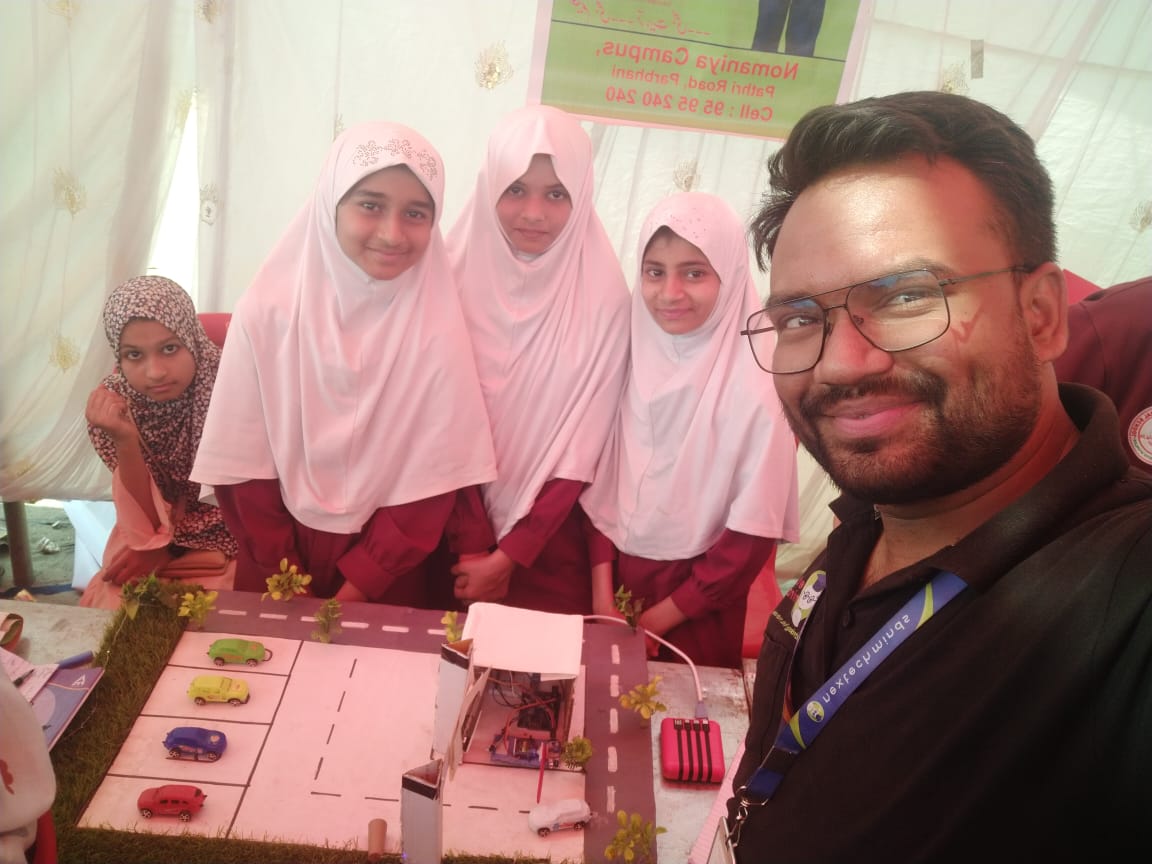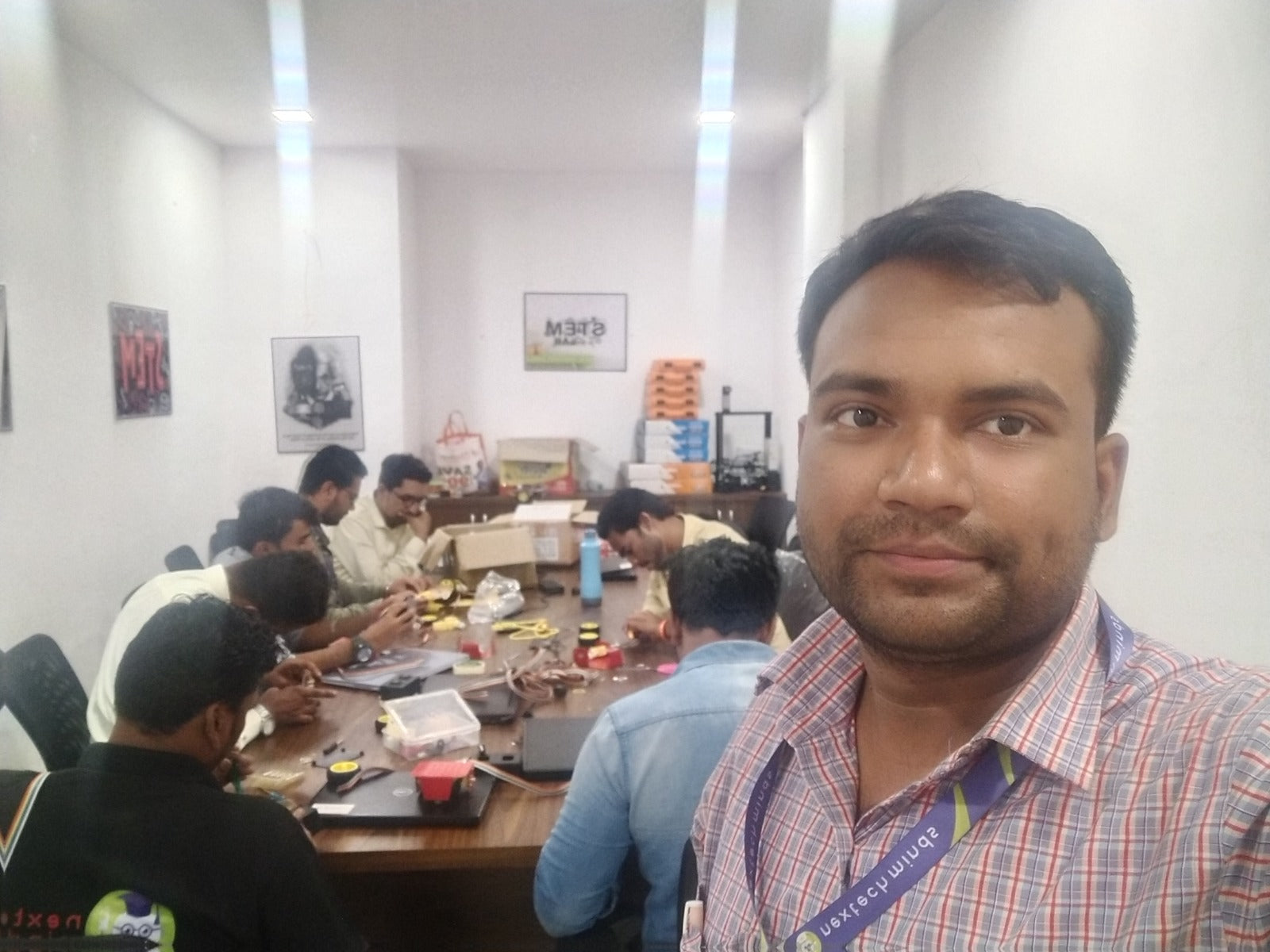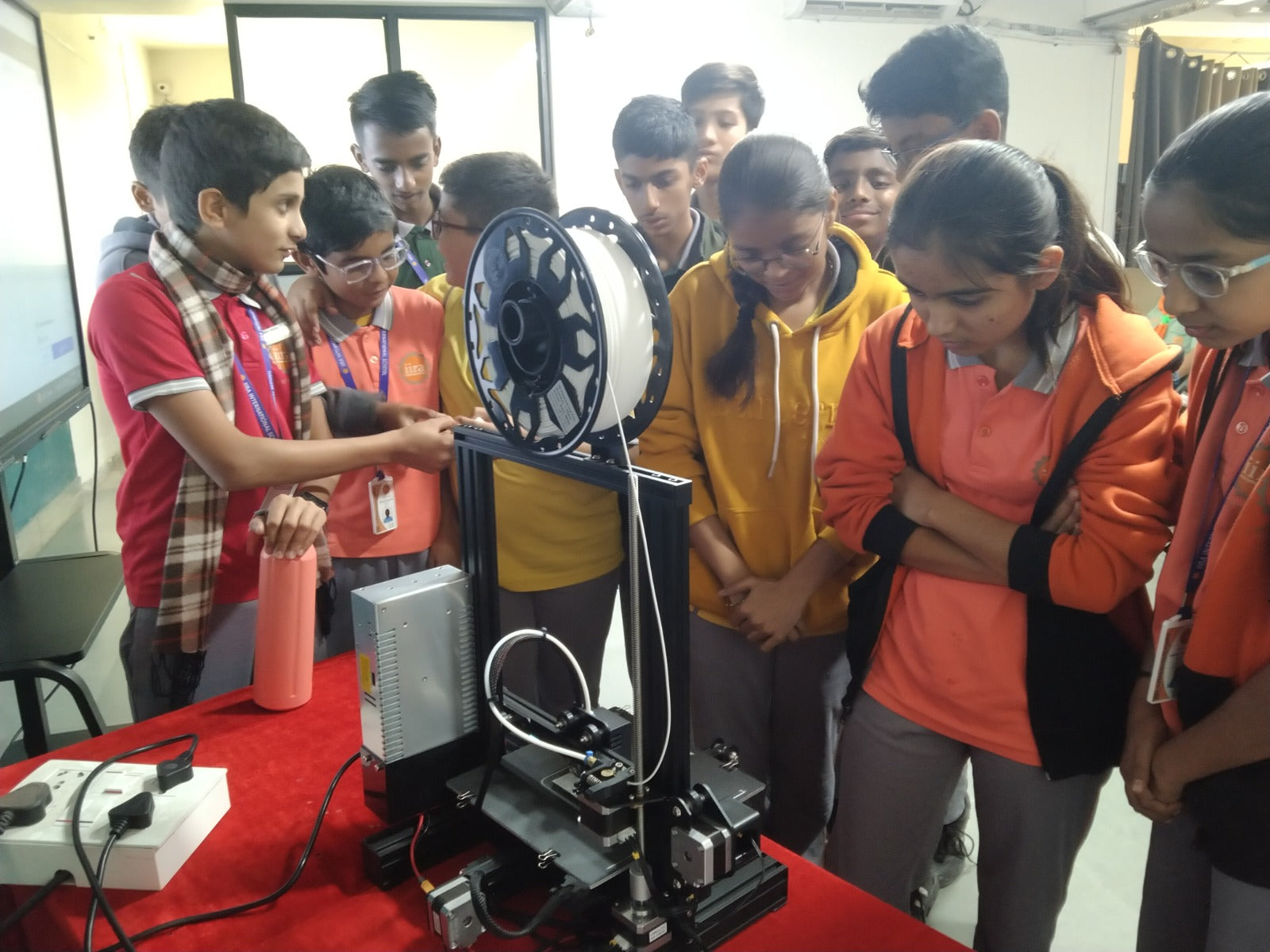
AI IN ROBOTICS

Unlocking the Future Through STEM Education
In an era defined by rapid technological advancements, STEM education — an interdisciplinary approach to teaching Science, Technology, Engineering, and Mathematics—has become fundamental to preparing learners for the future. Beyond just academics, STEM equips students with the mindset and skills needed to thrive in a complex, ever-evolving world.

Why STEM Education Is Essential ?
Today’s world is shaped by automation, artificial intelligence, smart devices, and interconnected systems. In such a landscape, students need more than textbook knowledge—they need to be able to think critically, solve problems creatively, and adapt quickly. STEM education nurtures these capabilities by emphasizing inquiry-based learning, experimentation, and innovation.
Rather than focusing on memorization, STEM encourages learners to:
* Ask questions
* Investigate phenomena
* Design solutions
* Collaborate in teams
* Communicate their findings effectively

STEM Beyond Careers
STEM is often associated with careers in engineering, coding, or data science. However, the principles of STEM are universally applicable. A student who learns how to troubleshoot a robot is also learning perseverance, logical reasoning, and collaboration—skills that are valuable whether they become a doctor, artist, entrepreneur, or teacher.

Key Components of Quality STEM Education
An effective STEM program includes:
* Hands-on learning: Students learn better when they build, test, and iterate on real projects.
* Interdisciplinary connections: STEM integrates multiple subjects, making learning more connected and meaningful.
* Real-world relevance: STEM challenges are often linked to real-world problems, fostering deeper engagement.
* Inclusivity: Every student, regardless of background, should have access to STEM opportunities.
* Growth mindset: Students are encouraged to learn from mistakes and persist through challenges.

21st Century Skills Through STEM
The modern world demands more than academic excellence. It requires future-ready skills, often referred to as 21st-century competencies:
* Critical Thinking and Problem Solving
* Creativity and Innovation
* Digital Literacy
* Teamwork and Leadership
* Communication Skills
STEM education naturally cultivates these, helping students become capable individuals in both personal and professional spheres.

Project-Based Learning: The Heart of STEM
One of the most powerful aspects of STEM education is its project-based learning (PBL) model. Rather than passively receiving information, students engage in constructing knowledge through meaningful projects. Examples include:
* Designing solar-powered vehicles
* Building home automation systems
* Programming AI chatbots
* Developing environmental monitoring tools
These experiences create deep learning and leave lasting impressions, as students can connect what they’ve learned with the world around them.

Supporting Teachers and Schools
For STEM education to be effective, it’s vital to empower educators. Teacher training, curriculum alignment with national standards (such as CBSE or ICSE), and access to modern tools are essential components of a thriving STEM ecosystem. Schools benefit from:
* Structured modules integrated into their curriculum
* Dedicated STEM spaces or labs
* Guidance on implementing engaging learning experiences
* Participation in student exhibitions and competitions

A Call to Action for Educators and Parents
STEM education is not a luxury—it’s a critical investment in the future of young minds. Whether you're a parent, teacher, or school leader, fostering curiosity, encouraging questions, and supporting hands-on exploration can make a significant difference.

Conclusion
STEM education is more than a trend—it’s a transformation in how we prepare students for life and work in the 21st century. By embracing STEM, we’re not just teaching subjects—we're developing thinkers, makers, and leaders ready to shape the world.
INNOVATION DISPLAY




